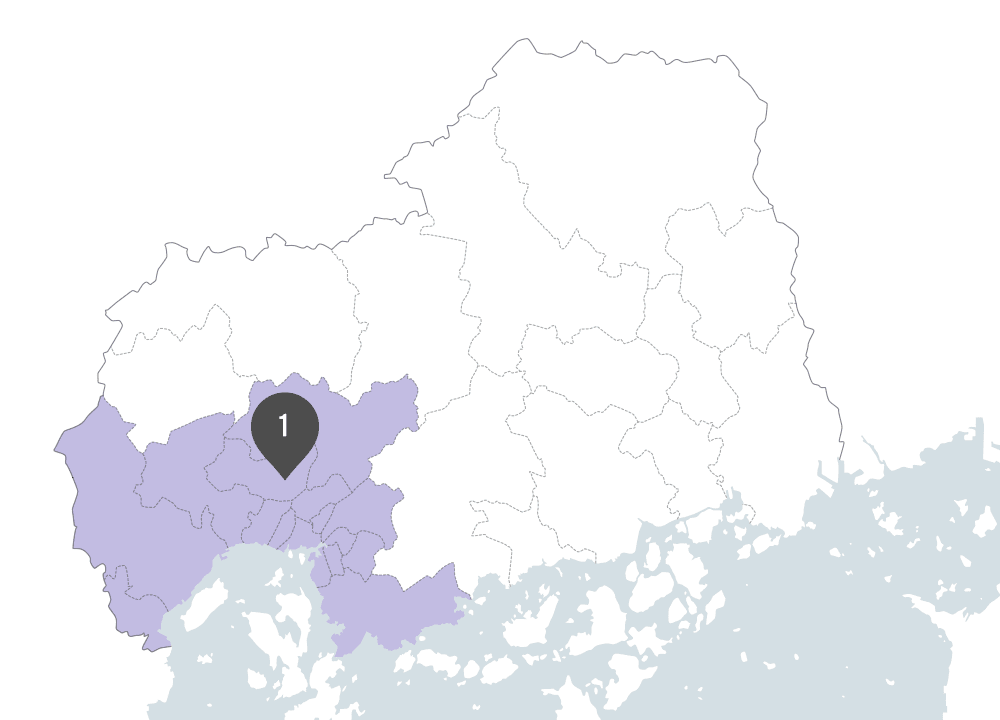The city of Hiroshima is the heart of Hiroshima Prefecture and is home to many tourist attractions. The Atomic Bomb Dome is a World Heritage Site. The busiest urban district in the Chugoku and Shikoku regions is called Hatchobori, and it has many upscale boutiques and stores. Other important sites include the Hiroshima Castle with its rich history.
The Hiroshima Meipuru~pu (Maple Loop Bus) is a convenient way to sightsee the city of Hiroshima. For 400 yen, you can freely tour the major tourist sites in Hiroshima, including Hiroshima Castle, the Atomic Bomb Dome, and the Nagarekawa District.
The city of Hiroshima has a well-developed transportation system, which makes it easy to get to other sightseeing spots. It takes about 45 minutes to get to Miyajima and about an hour to get to Onomichi, making it easy to get to other sightseeing spots.
- For more information, please visit the official website of Hiroshima City Tourism (https://visithiroshima.net/)
- Atomic Bomb Dome (https://visithiroshima.net/things_to_do/attractions/historical_places/a-bomb_dome.html)
- Hiroshima Peace Memorial Museum (http://hpmmuseum.jp/?lang=eng)
- Peace Memorial Park (https://visithiroshima.net/things_to_do/attractions/parks_and_gardens/peace_memorial_park.html)
- Hiroshima Orizuru Tower (https://visithiroshima.net/things_to_do/attractions/museums/hiroshima_orizuru_tower.html)
- Hiroshima Castle (https://visithiroshima.net/things_to_do/attractions/historical_places/hiroshima_castle.html)
- Hiroshima Maple Loop Bus (http://www.chugoku-jrbus.co.jp.e.aec.hp.transer.com/teikan/)


